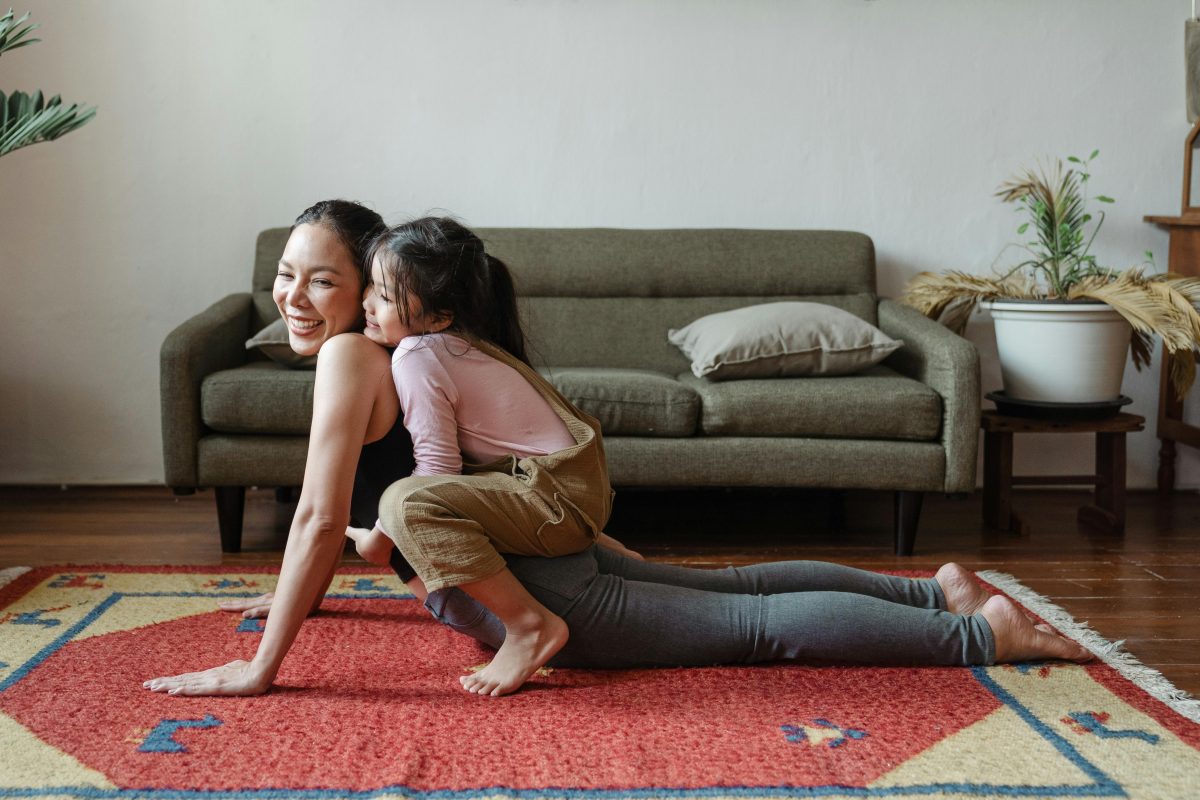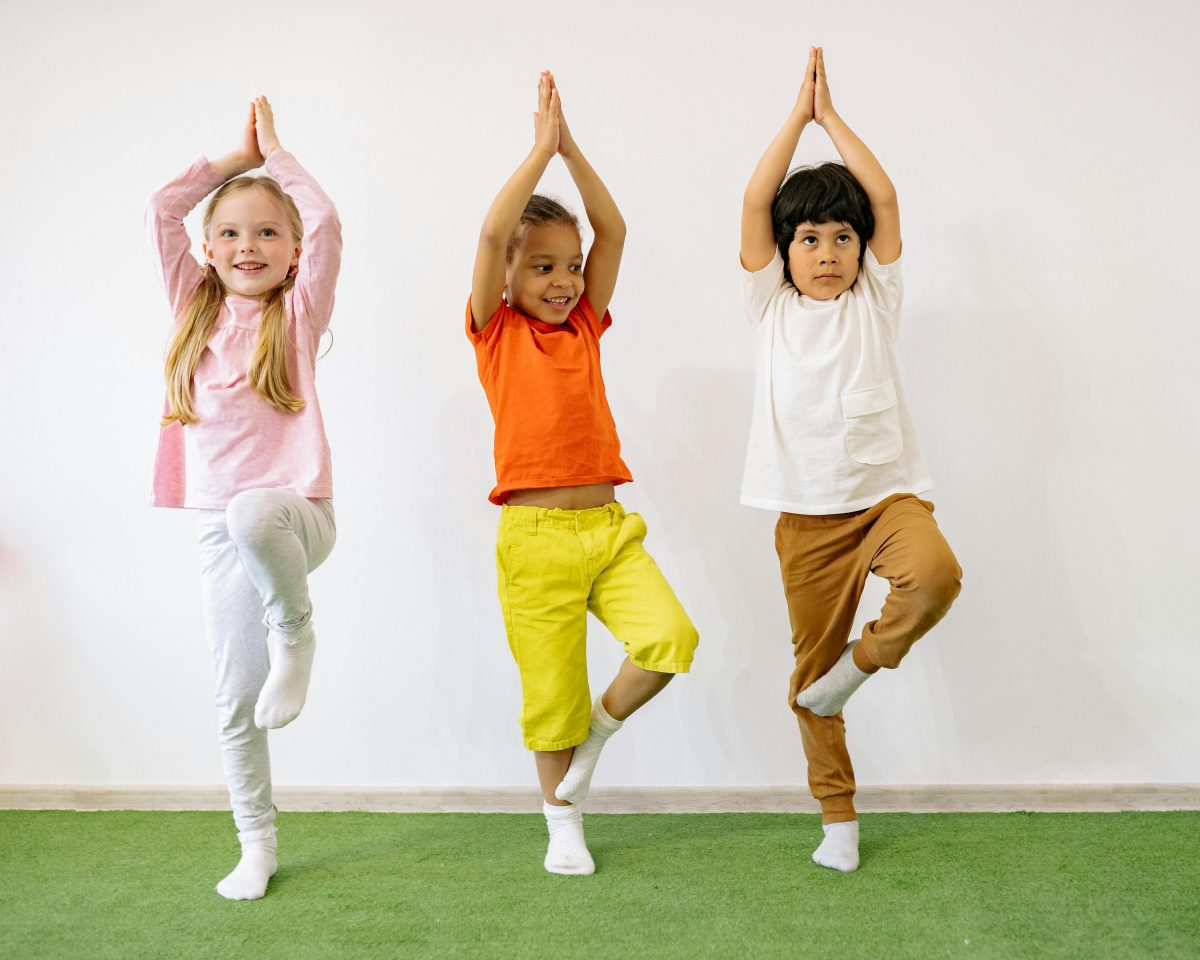Introduction to the Importance of Exercise for Children

In today’s fast-paced society, the health and physical activity levels of our children are at a crossroads. With technology at their fingertips, many kids are leading more sedentary lifestyles, a trend that poses major hazards to their health and well-being. Exercise, however, stands as a beacon of hope, offering a pathway to a healthier, more vibrant existence from a tender age. It’s not just about movement; it’s about building the basis for a lifetime of wellness. By instilling the significance of physical activity early on, we’re not simply teaching our children how to stay active; we’re giving them with the tools to thrive in all aspects of their lives. As we go deeper into the subject, let’s explore new and practical techniques to inspire our young ones to embrace exercise with open arms, placing them on a track towards a healthier future.
Understanding the Benefits of Regular Exercise for Kids

Physical Health Benefits
- Weight Management: Regular exercise helps youngsters regulate their weight, reducing childhood obesity.
- Stronger Bones: Physical activity is vital for strengthening bones during the rapid growth phases of children.
- Improved Posture: Exercise aids to healthier posture, reducing back and neck disorders.
Mental Health Benefits
- Anxiety and Depression: Engaging in regular physical activity lessens feelings of anxiety and depression.
- Boosted Self-Esteem: Achieving personal goals through exercise increases confidence and a positive self-image.
Academic Benefits
- Enhanced Concentration: Regular physical activity is linked to increased concentration and memory.
- Better Classroom Behavior: Children who exercise regularly tend to demonstrate better behavior in the classroom.
Incorporating regular exercise into the lives of our children is more than a commitment to their physical health; it’s an investment in their overall development and future success. As we continue to study the value of exercise, let’s remember the myriad of benefits it gives and endeavor to make physical activity a non-negotiable part of their daily life.
Identifying Age-Appropriate Exercises

Choosing the correct workouts for children at different phases of their development is vital. It guarantees that activities are both safe and helpful, aligning with their physical and cognitive growth. This method not only creates a love for movement but also provides the framework for a balanced and healthy lifestyle.
Exercises for Different Age Groups
- Toddlers: Focus on basic, joyful activities like running, leaping, or playing tag to develop motor skills and coordination.
- Preschoolers: Introduce activities such as dance, swimming, or gymnastics to develop strength, flexibility, and balance.
- School-aged Children: Encourage a variety of activities like team sports, cycling, or martial arts to increase physical fitness and teach life skills.
- Teens: Shift focus towards more mature kinds of exercise such as weight training, running, or yoga, providing activities they enjoy to keep them interested.
Encouraging a Variety of Activities
Promoting a combination of exercises that cover endurance, strength, flexibility, and balance is crucial. This integrative approach to training not only minimizes boredom but also assures total development. Encouraging youngsters to practice diverse forms of physical activity helps them discover what they enjoy, making it more likely they’ll stay active throughout their lives.
Remember, the goal is to make exercise an enjoyable and important part of children’s everyday routines. By selecting age-appropriate activities, we may give children with a firm basis for a healthy and active lifestyle. Let’s urge our kids to move more, exploring the world with excitement and vitality.
For more information on the benefits of physical activity for children and ideas on how to get them moving, see the Australian Government Department of Health webpage. It’s a treasure trove of resources that can aid parents and guardians in building a balanced and fun exercise program for their children.
Integrating Exercise Education into Daily Life and School Curriculums

Tips for Parents
Conversations about exercising with your kids can be revolutionary. Start by explaining the benefits in a way they’ll comprehend. “Exercise makes you stronger, faster, and happier!” Lead by example. When they see you enjoying a jog or a bike ride, they’re more likely to want to join in. Make it a family affair. Weekend hikes or after-dinner stroll can become cherished family rituals.
Suggestions for Schools
Schools play a key role in promoting a love for physical activity. Incorporating physical education into the daily program is just the start. Short activity breaks between courses can revitalize students and enhance attentiveness. Why not replace certain sedentary pursuits with active learning? A history lesson, for instance, may entail a scavenger hunt.
Community Resources and Programs
Communities across Australia offer a plethora of options to assist child fitness. Local municipalities often organize sports programs and outdoor play initiatives. Encourage your children to participate in these programs. They’re not only a terrific method to stay active but also an opportunity to make new acquaintances. Parks, playgrounds, and public swimming pools are excellent for encouraging outside play. Check community boards and websites for upcoming events and initiatives.
Remember, integrating fitness into our children’s life is a team effort. By working together—parents, schools, and communities—we can build an atmosphere that appreciates and promotes physical activity. Let’s make movement a natural and pleasurable part of every child’s day.
Setting Realistic Goals and Celebrating Achievements

The Importance of Achievable Fitness Goals
Setting realistic exercise objectives is crucial in guiding a child’s journey towards a healthy lifestyle. Achievable aims not only encourage a sense of accomplishment but also minimize sentiments of discouragement that might emerge from unmet expectations. It’s about promoting tenacity, celebrating progress, and reinforcing the idea that every step forward is a win in its own right.
Tracking Progress and Celebrating Milestones
- Keeping track of achievements, both great and small, is crucial. Use visual progress charts or a journal to make this engaging.
- Celebrating milestones, such as mastering a new sport or improving a personal best, instills a sense of pride. These festivities might be as simple as a special family dinner or a small reward.
Cultivating a Positive Attitude Towards Exercise
Encouraging a positive perspective towards physical activity is vital. It transforms exercise from a chore into a pleasant habit, setting the foundation for a lifelong dedication to health and fitness. By associating physical activity with fun and enjoyment, rather than a task, we set the framework for a healthier, more active future. This method not only enhances their physical health but also contributes to their general happiness and well-being.
Ultimately, the idea is to weave exercise into the fabric of daily life, making it a natural and joyful component of a child’s routine. By setting realistic goals, applauding every milestone, and encouraging a positive attitude towards physical activity, we encourage our children to embrace exercise not just as a phase, but as a lifelong path towards health and pleasure.
In Conclusion
Exercise is a child’s stepping stone to lifetime health. It builds resilience and joy, enriching their journey towards a flourishing future. Through a balanced blend of physical and mental growth, children learn to negotiate the obstacles and rewards of sustaining an active lifestyle. This essay has underlined the necessity of integrating exercise into everyday routines, creating reasonable objectives, and fostering a good attitude towards physical activity. Let’s commit to encouraging our young ones to enjoy exercise, not just for the health benefits, but as a pathway to realizing their full potential.
Teaching Kids About the Importance of Exercise FAQs
Yes, technology can be a valuable tool in teaching kids about the importance of exercise by using educational apps and online resources to make learning about physical activity engaging. Interactive games and virtual challenges can motivate children to be more active. However, it’s important to balance screen time with actual physical activity to ensure a healthy lifestyle.
Encouraging your child to be more active can be done by leading by example and participating in physical activities together. Offering positive reinforcement and creating a supportive environment that values physical activity can also motivate them. Choosing activities that align with their interests ensures they stay engaged and enjoy being active.
Making exercise fun for children can be achieved by incorporating games and activities they enjoy. Activities like tag, obstacle courses, or dance-offs encourage movement in an enjoyable way. This approach helps children associate exercise with fun rather than a chore.
Schools can contribute by integrating physical education programs into the curriculum and encouraging active play during recess. Providing facilities and equipment for various sports and activities allows children to explore different forms of exercise. Schools can also organize events like sports days or fitness challenges to promote a culture of physical activity.
Children should aim for at least 60 minutes of moderate to vigorous physical activity each day. This can include a mix of cardiovascular exercises, muscle-strengthening activities, and bone-strengthening exercises. Breaking this time into shorter sessions throughout the day can make it more manageable and enjoyable for children.
Regular exercise benefits children by improving their physical health, enhancing mood, and boosting academic performance. It helps in building stronger bones and muscles, reducing the risk of obesity, and improving sleep patterns. Additionally, it can help in managing stress and increasing self-esteem.
Diet plays a significant role in a child’s exercise routine by providing the necessary energy and nutrients for physical activity. A balanced diet supports muscle growth and repair, enhances performance, and aids in recovery after exercise. Ensuring a child has a nutritious diet can maximize the benefits of their exercise routine.
Safety precautions include ensuring the exercise environment is safe and free from hazards, providing appropriate supervision, and teaching children about the importance of warming up and cooling down. Using protective gear for certain activities can prevent injuries, and making sure exercises are age-appropriate ensures children do not overexert themselves. These measures help in creating a safe exercise routine for children.
A variety of exercises including aerobic, muscle-strengthening, and bone-strengthening activities are best for kids. Aerobic activities like running, swimming, or cycling improve cardiovascular health, while climbing or jumping are great for strengthening bones. Incorporating a mix ensures a well-rounded approach to physical fitness.
Teaching kids about exercise is crucial because it lays the foundation for a healthy lifestyle. It helps in the development of physical coordination, strength, and promotes mental well-being. Introducing exercise at a young age can instill lifelong habits of physical activity.

